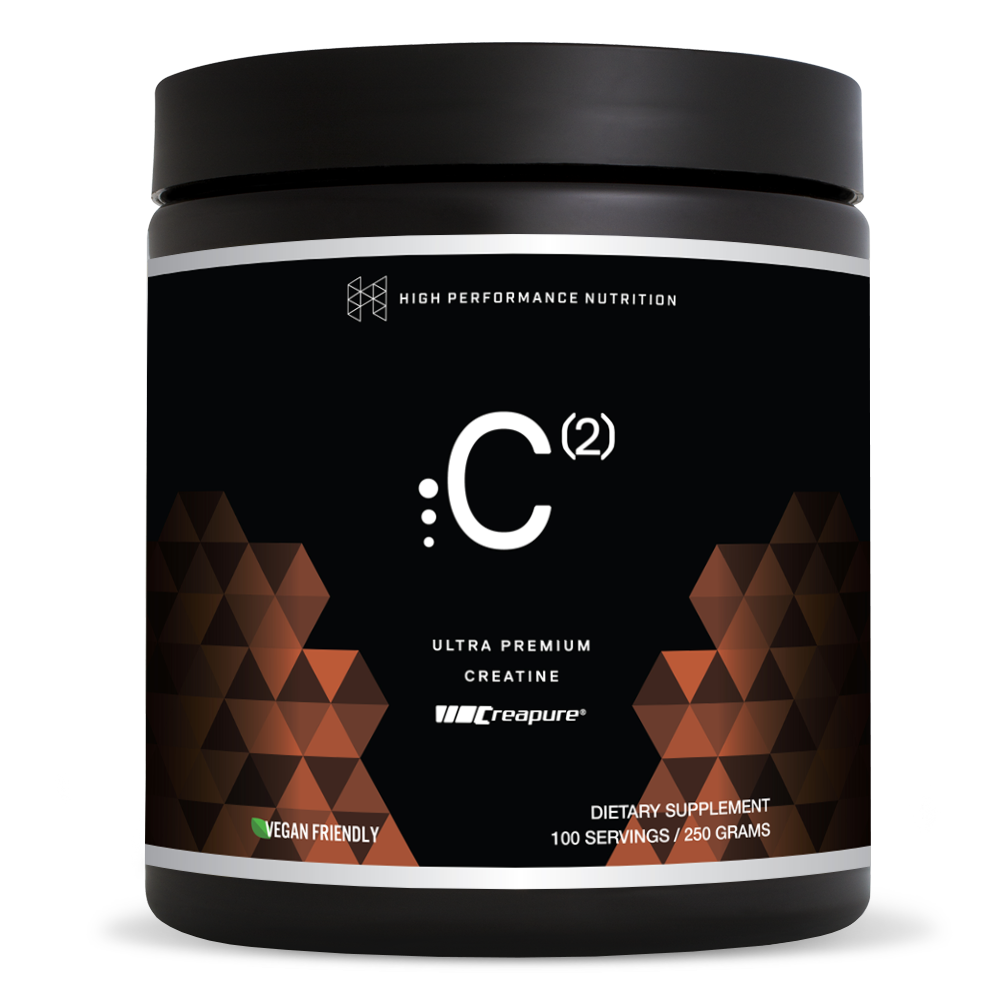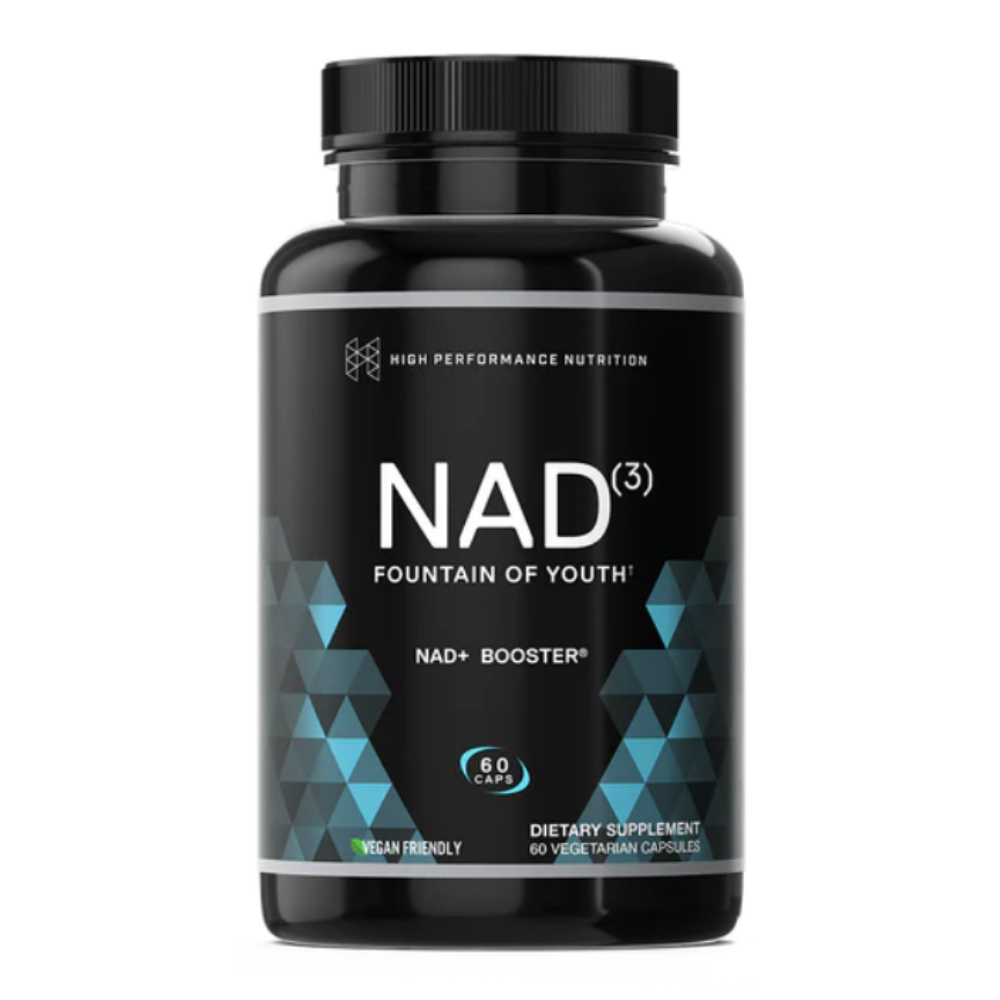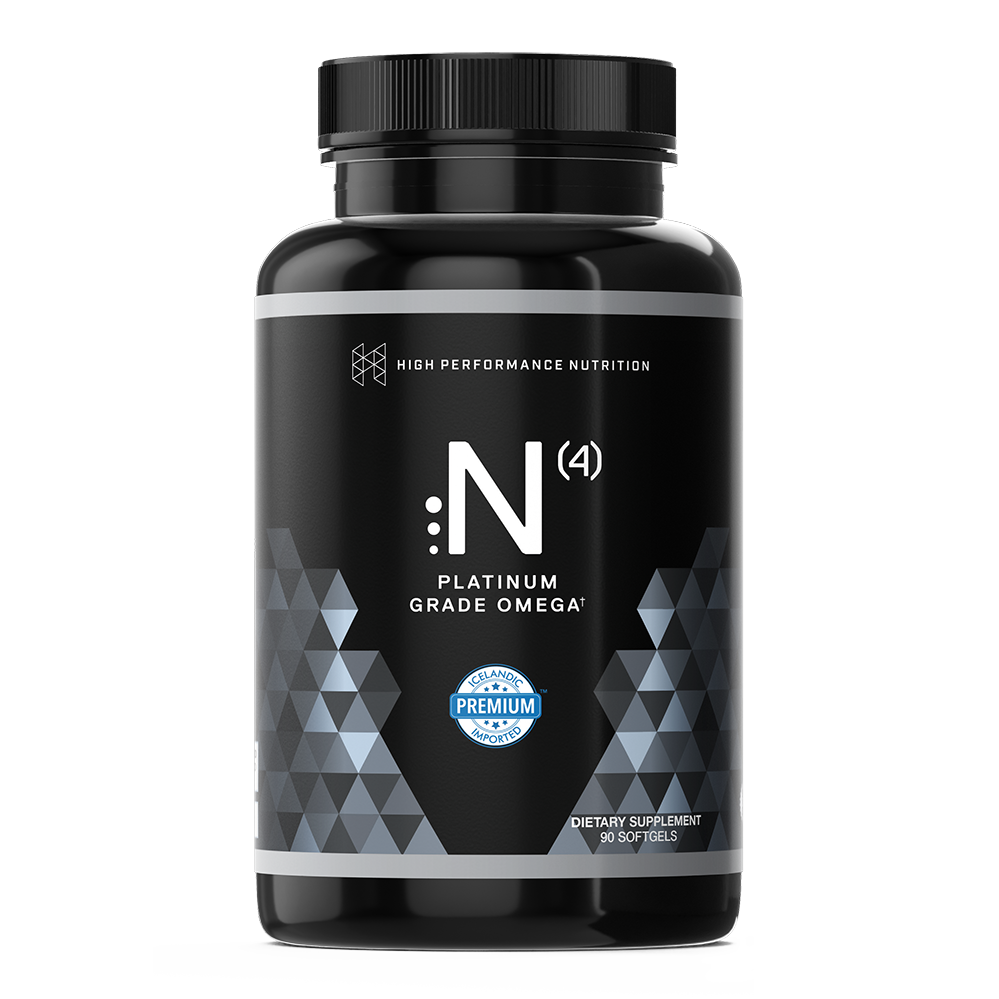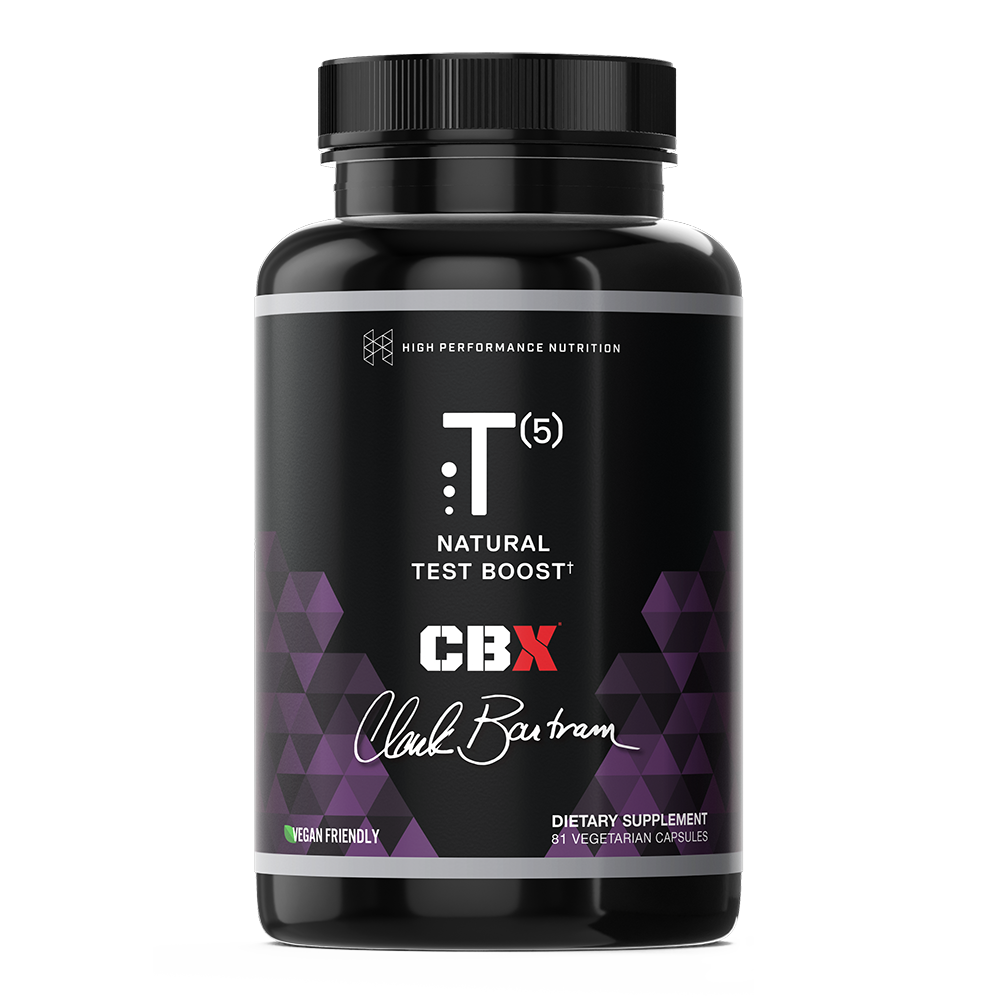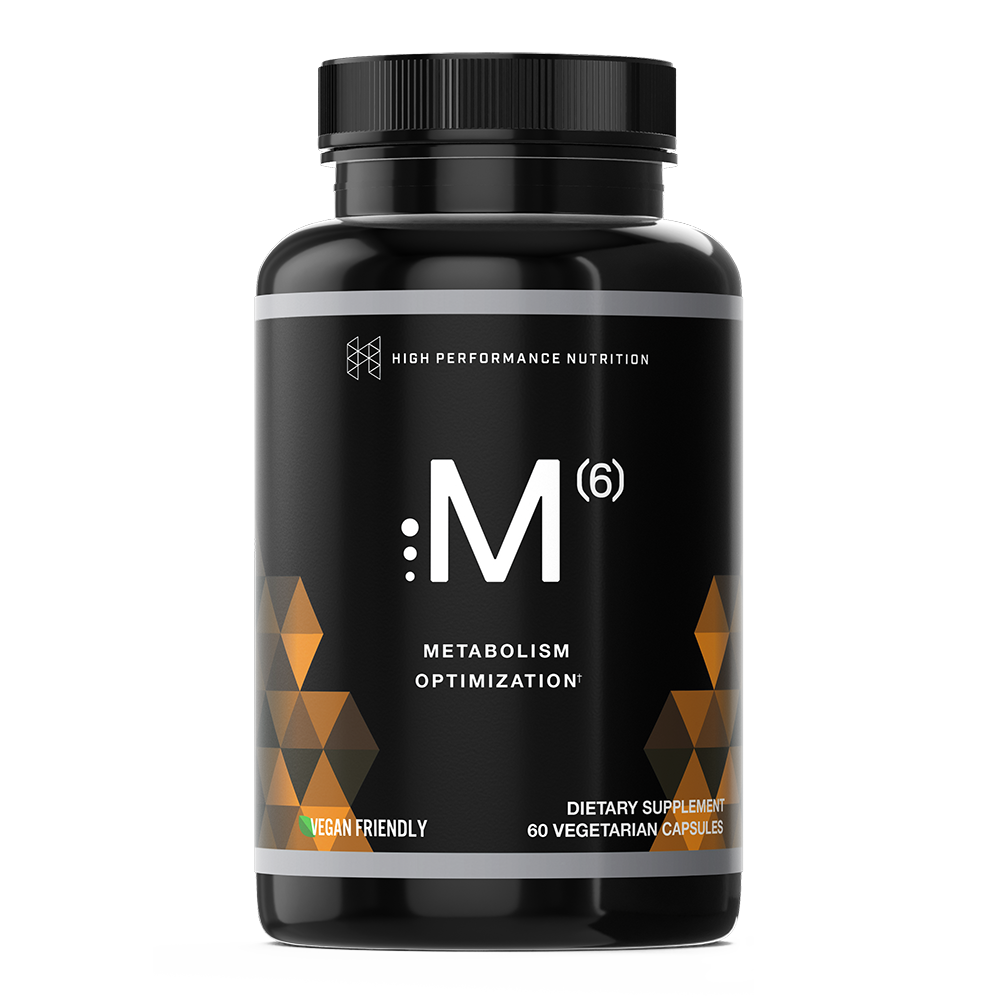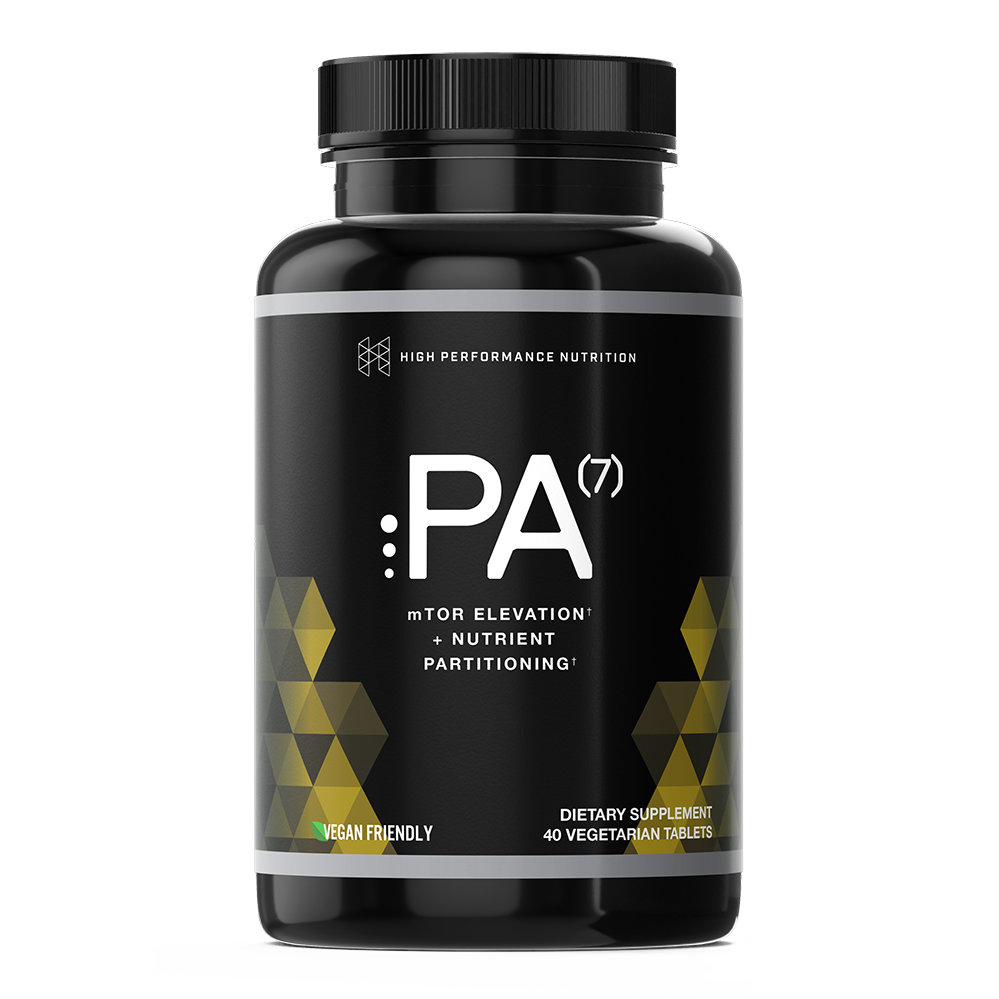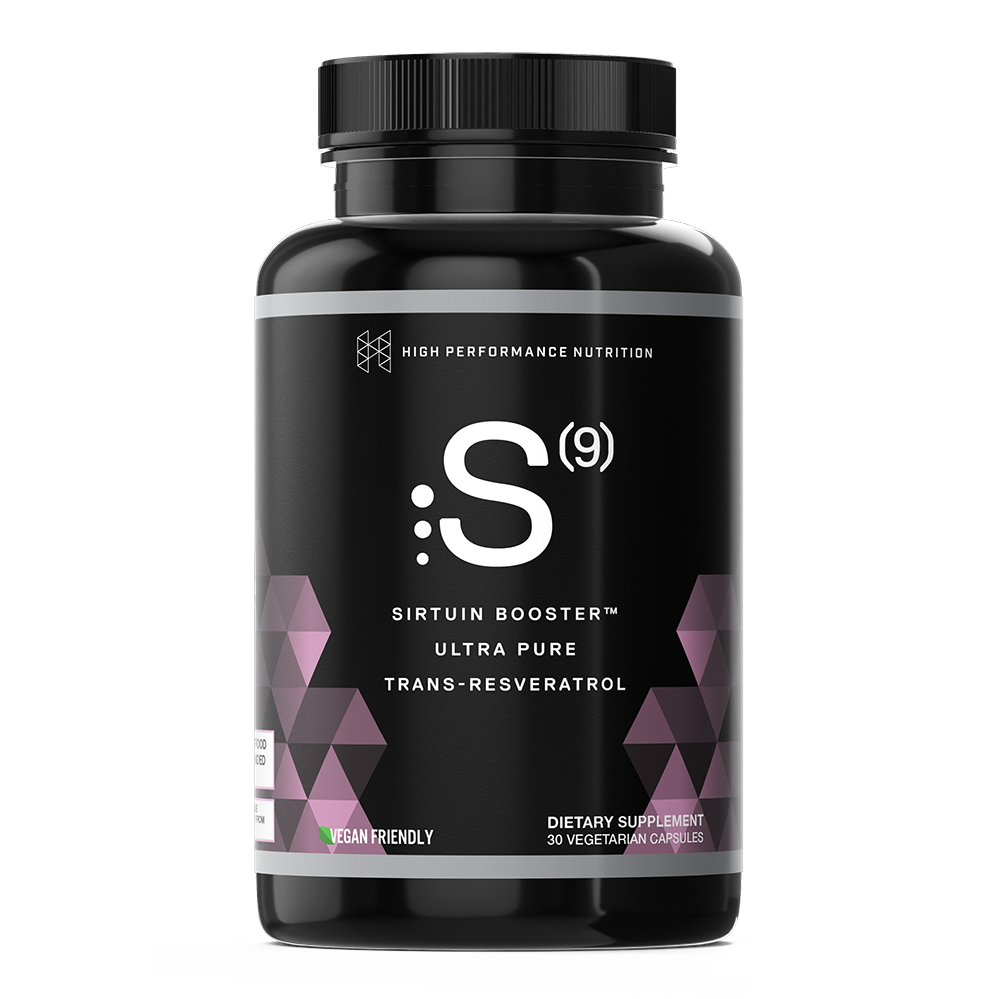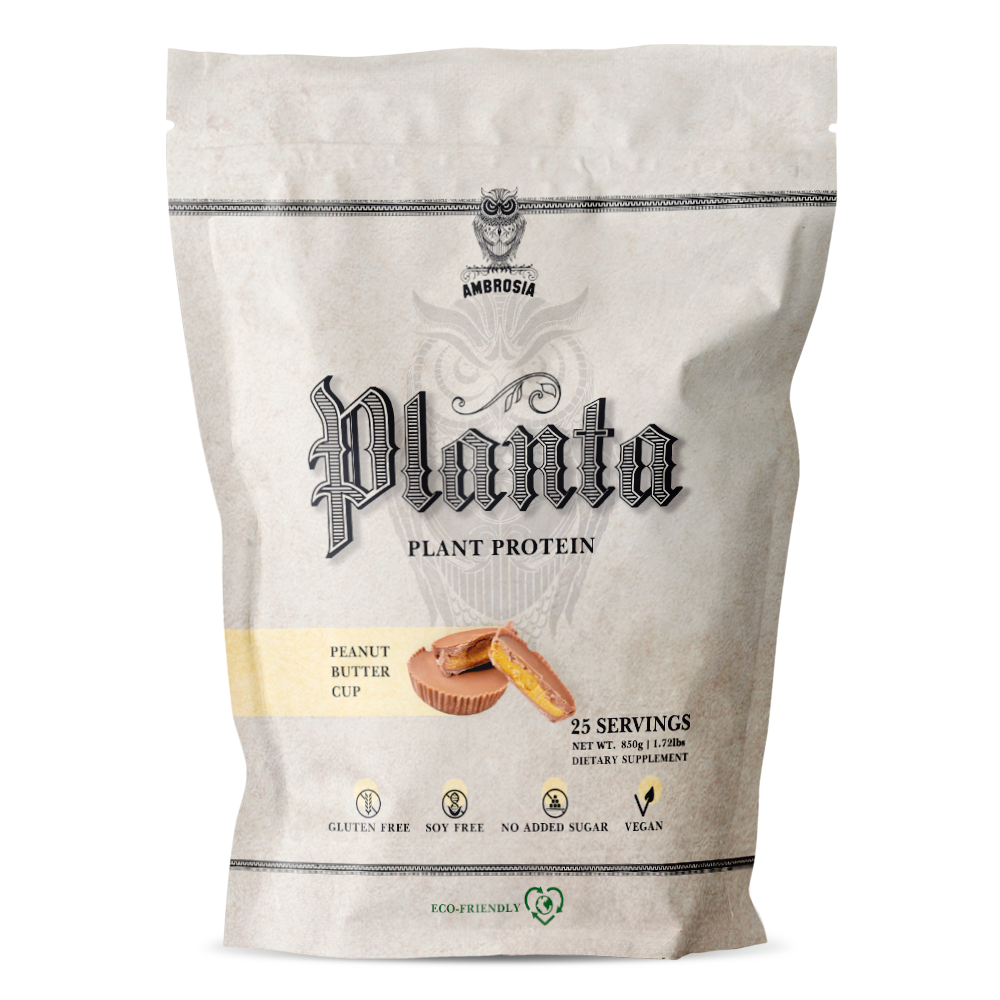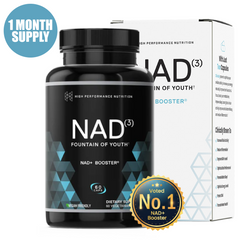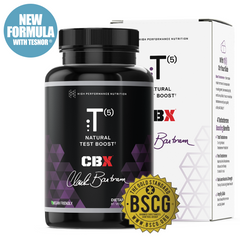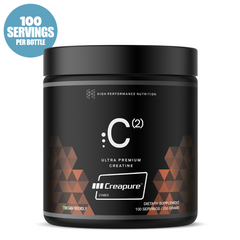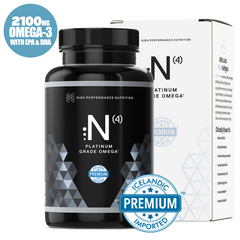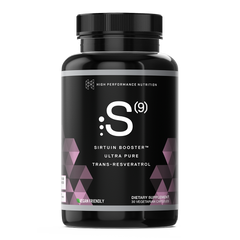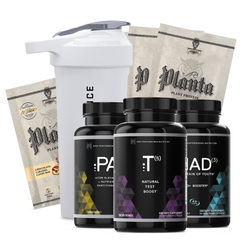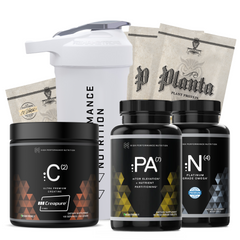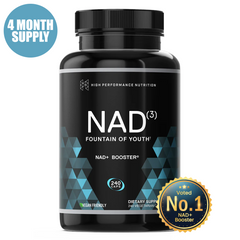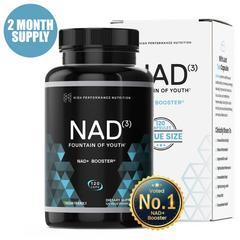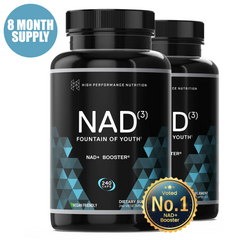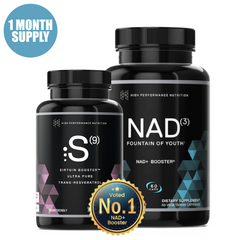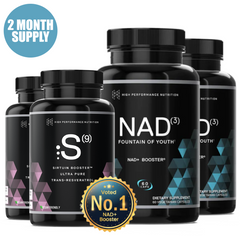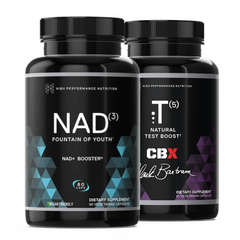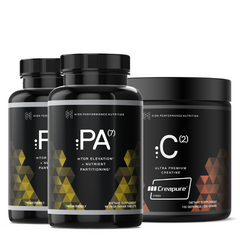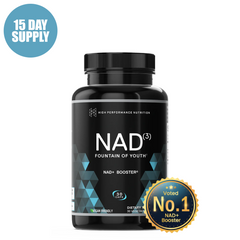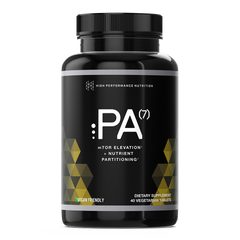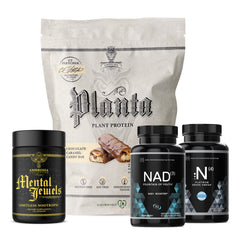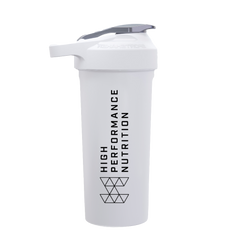How Progressive Overload Helps Build Muscle
Building muscle is one of the most simplistic yet fascinating aspects of the human body. The ability to strengthen and develop muscles naturally using purely resistance training is an act of biological beauty. The problem is many people do not fully optimize muscle growth and development due to inadequate training styles and poor diet.
Some individuals simply go to the gym day after day, month after month, year after year with absolutely no variation in their training styles and adaptations. As such, the body reaches a certain point and fails to adequately improve over time. Adapting your training style to include specific workouts featuring progressive overload is the best way to maximize overall development and growth.
The human body must be forced to grow using training styles that are best suited towards muscle building and development. Let’s take a look at how you can optimize your muscle growth, overcome plateaus and reach your maximum potential.
What is Progressive Overload?
Progressive overload is often defined as the ability to increase overall training volume during workouts. Whether it be by weight, frequency, or number of repetitions—challenging the body forces adaptations within musculoskeletal systems.
By adding tension to the muscles—individuals can force the body to adapt to exercises through workout variability. As you continue to utilize progressive overload the body becomes stronger and stronger over time.
The challenge of progressive overload is that adaptations must occur gradually in order to avoid the risk of potential injury. There is no one set way to utilize progressive overload as variability can be increased through a number of different methodologies including:
- Increasing the number of repetitions
- Increasing overall workout intensity
- Varying the timing of workouts
- Adjusting the resistance
Increasing the overall load of the resistance training can force adaptations through force output over time. As the stress is increased more muscle fibers are recruited throughout exercises. The result is hypertrophy and muscle growth. The question is how can you properly utilize progressive overload?
How to Use Programming and Periodization
Incorporating progressive exercises, weights and intensity into plans is crucial for proper resistance programming. Progression training plans using periodization can be created by using macro, meso, or micro training cycles.
Macrocycles involve an entire season of training and competition. Within this time period the cycle is further broken down into smaller mesocycles and microcycles. Throughout progressive loading weight is generally increased to a point before a cycle of active-recovery workouts are implemented.
Sometimes individuals will have to take two steps forward followed by a single step backwards. Training functions by tearing down individual muscle fibers before they’re rebuilt for handling stress at a later point in time.
Maintenance of skeletal muscle mass involves the regulation of balance between anabolic and catabolic processes. Mammalian target of rapamycin (mTOR) is one critical component of protein synthesis and muscle building.
How Does mTOR Work?
mTOR works as a key molecule that regulates cell growth in response to various types of stimuli. By activating protein synthesis—mTOR signaling is responsible for the enlargement of muscle fibers and plays a critical role in muscle growth and development.
Using a process known as autophagy—old and damaged cells are broken down, recycled and rejuvenated through protein synthesis. Over time cells are repaired and muscles gradually become bigger as a byproduct.
mTOR controls the overall anabolic and catabolic signaling of skeletal muscle mass resulting in the modulation of muscle hypertrophy and wastage (1). mTOR senses environmental and intracellular changes such as nutrient availability and energy status. Studies suggest mTOR is closely associated with the regulation of non-coding RNAs while boosting skeletal muscle growth and preventing muscle loss.
The activation of mTOR can be closely tied to an increase in phosphatidic acid (PA) (2). As a phospholipid that makes up a small percentage of the phospholipid pool—PA is a precursor for the production of other lipids that can act as a signaling lipid and major component of cell membranes. PA(7) is the best natural muscle enhancer in the world as evidenced by multiple clinical studies.
Why PA(7) is the Right Choice for You
As one of the most sought after muscle enhancers in the world—PA(7) has been shown to increase muscle growth acting as a “steroid copycat.” Formulated with phosphatidic acid—it’s a groundbreaking plant nutrient uncovered within the intricate structures of plant biology.
Phosphatidic acid works by activating the mTOR pathway and boosting muscle protein synthesis. Clinically proven to get you stronger and produce 50% more muscle than placebo—PA(7) helps individuals increase strength, rep range, recovery and pump without risking your health.
Individuals taking PA(7) experienced a number of positive side effects including:
- 50% more muscle built
- 39% more fat loss
- 64% more bench press gains
- 33% more squat gains
If you’re looking to increase muscle and optimize your strength and development—look no further than HPN PA(7). As the industry’s leading “steroid copycat”—PA(7) is the tool you need to increase performance, power and overall results by triggering the mTOR receptor.
If you would like to learn more about HPN PA(7) or have any other questions about how you can optimize your muscle growth and development—feel free to reach out for any feedback or support. We’re here to help you improve your overall strength and development without the use of steroids or hormones. Maximize your muscle growth with the use of HPN PA(7) today.
References:
